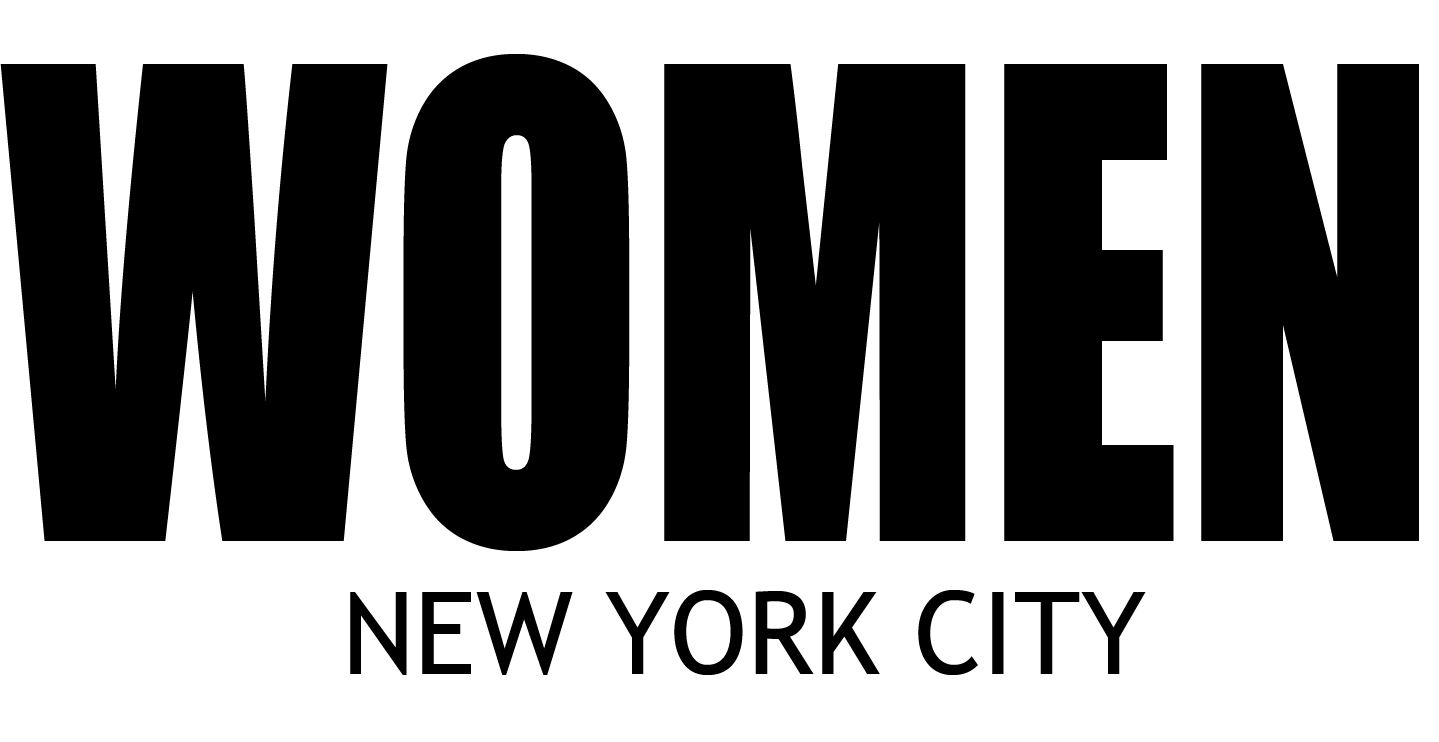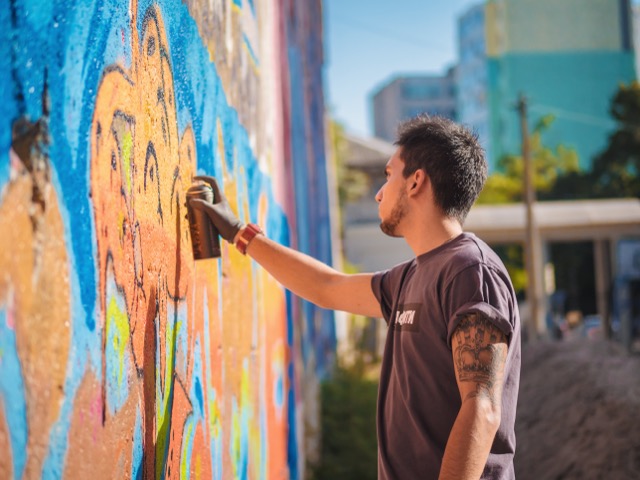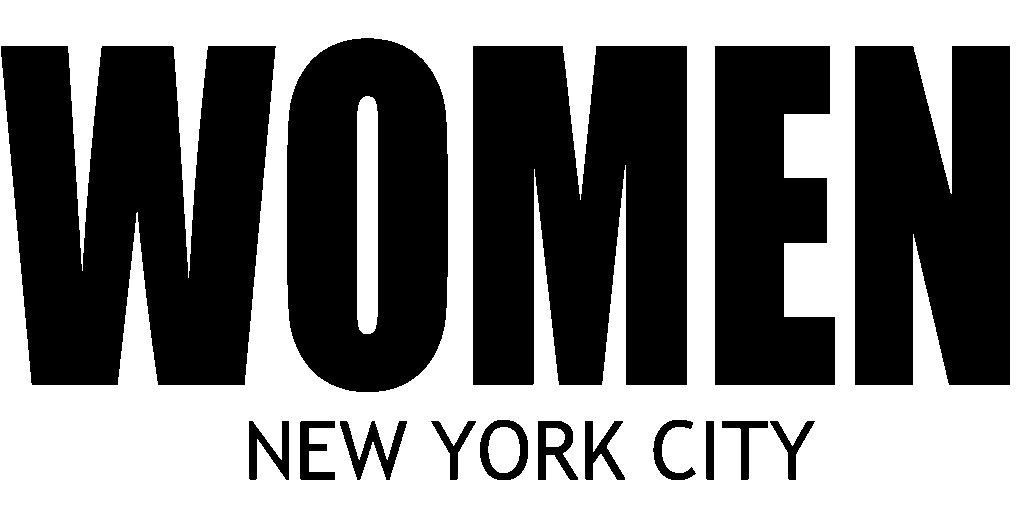Art has always been rebellion — a reflection of discomfort, a whisper of hope, a mirror to the world when words fall short. But in 2025, it has become something even more profound: a form of protest that speaks louder than politics.
In an age where attention is currency and silence feels complicit, artists are turning creativity into activism — transforming pain into beauty and awareness into action.
From murals in Bogotá to installations in Berlin, from digital art on blockchain to performance pieces in public squares — art has once again become the people’s voice. It no longer seeks approval; it seeks impact.
The Power of Visual Resistance
In moments of chaos, art is clarity.
Where institutions fail, artists rebuild meaning.
A brushstroke becomes testimony. A sculpture becomes dissent. A song becomes solidarity.
The new generation of creators is reclaiming public space — both physical and digital — as a canvas of expression. Their work doesn’t just decorate; it demands. It calls out inequality, climate collapse, war, censorship, and the silent wounds of social injustice.
What once hung quietly in galleries now floods streets, timelines, and NFTs. The walls that once separated art from activism have crumbled.
The Artist as Activist
Today, artists are no longer observers — they are catalysts.
Ai Weiwei continues to challenge state power through sculpture and photography. Colombian muralists like Bastardilla transform gray walls into feminist manifestos. Musicians like Kendrick Lamar and Rosalía blend rhythm with resistance, turning sound into statement.
Even digital creators — illustrators, filmmakers, fashion designers — use their platforms to challenge norms and redefine narratives. The internet has democratized expression; anyone with a vision and connection can now spark a movement.
Art in the Digital Arena
Social media has amplified activism but also reshaped it.
A single image can mobilize millions, but virality comes at a cost — sometimes depth is lost to speed. Yet, amidst the noise, art remains the most human form of protest. It’s the pause in the scroll, the image that makes you feel before you think.
Virtual galleries, AI-generated art, and NFTs have created a new ecosystem where creativity meets consciousness. Platforms like Foundation and SuperRare are filled with digital works addressing identity, migration, and mental health — proof that the revolution has gone pixel by pixel.
The Beauty of Defiance
What makes art so powerful is not its perfection but its vulnerability.
It’s the ability to expose truth through color, sound, or silence. It reminds us that protest isn’t only anger — it’s imagination.
To create in dark times is to believe in light.
In an age where algorithms dictate visibility, every act of creativity becomes a small act of resistance — proof that emotion still matters, that nuance still lives.
The Future of Artistic Activism
Art will continue to evolve — from galleries to grassroots, from studios to screens — but its purpose remains the same: to move us.
Because protest isn’t always shouted in the streets. Sometimes, it’s painted, sung, filmed, or whispered.
In a world that demands answers, artists remind us of the most radical truth of all: that asking questions — and feeling deeply — is its own revolution.


